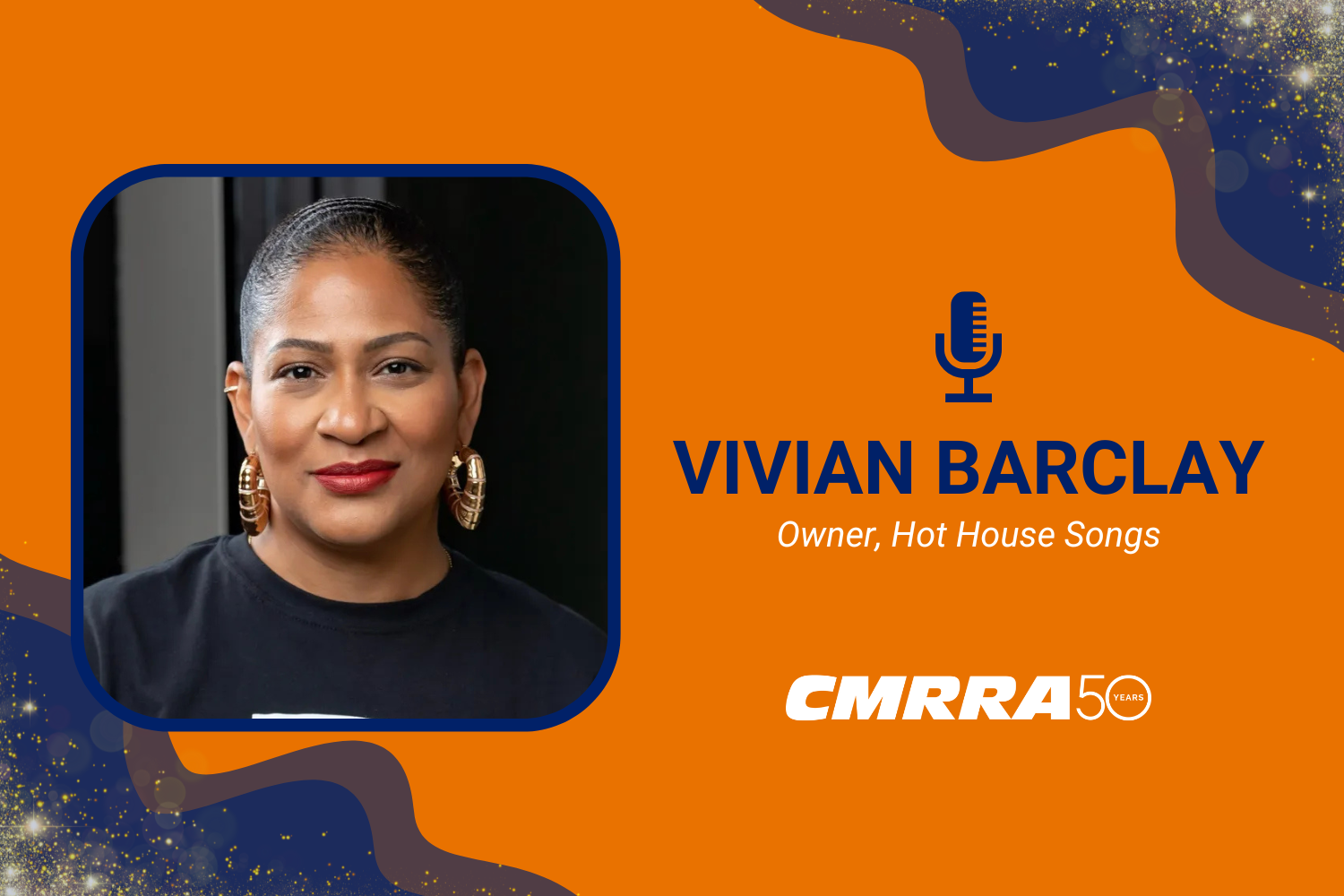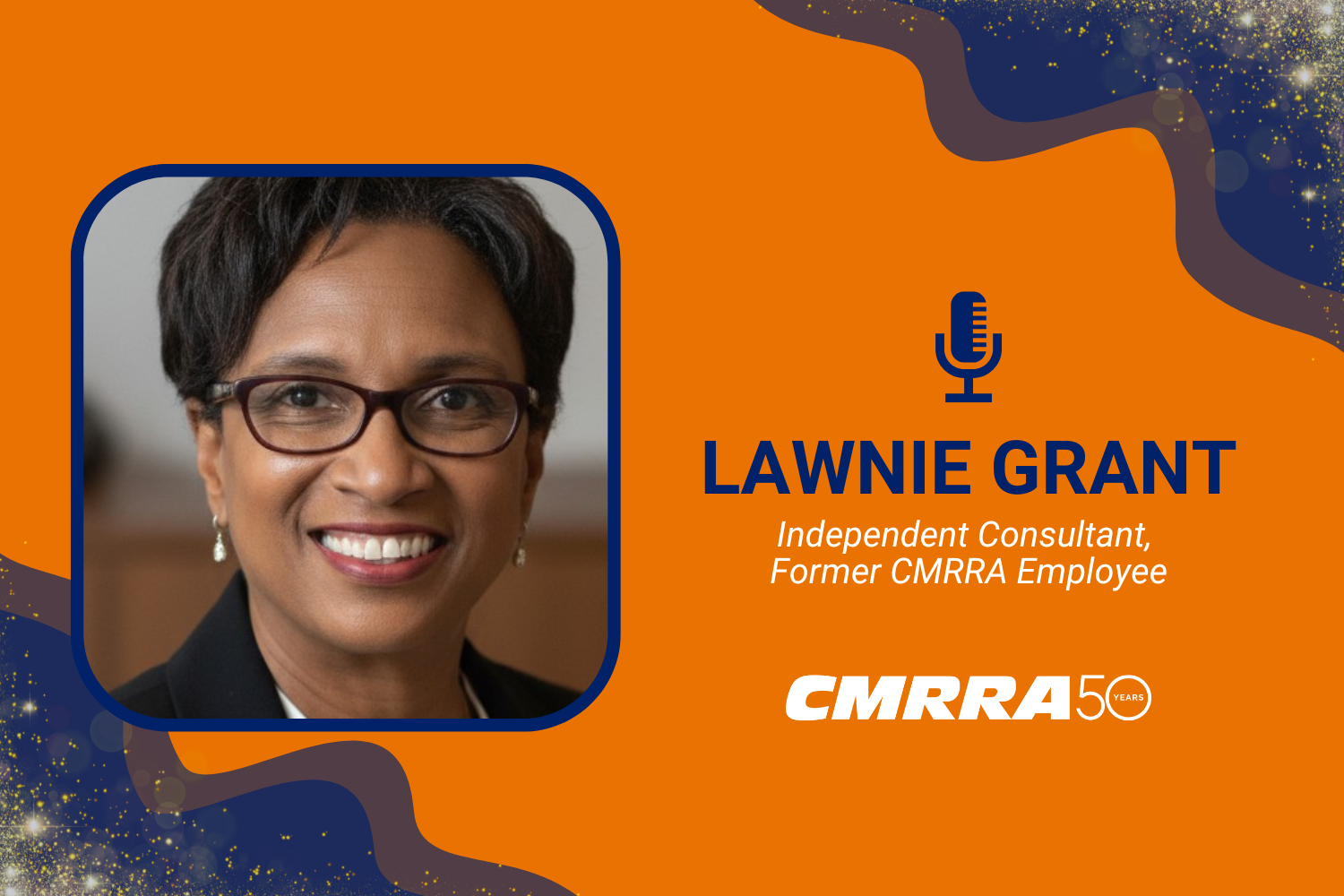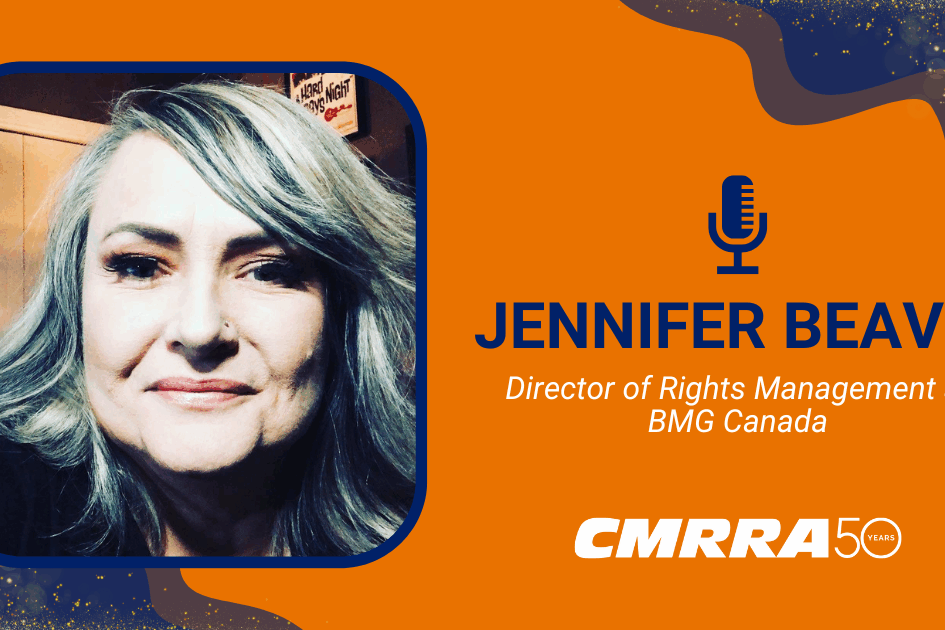By Tabassum Siddiqui
While Honey Jam is now well-known in the Canadian music industry for their famous alums such as Nelly Furtado, Melanie Fiona, Jully Black, Haviah Mighty and many more, it’s sometimes hard for founder Ebonnie Rowe to believe the annual showcase of all-female talent has been running for nearly 30 years.
Even though she grew up surrounded by music – including many musicians in her own family – and played piano and sang in the choir as a child, Rowe’s path to developing Honey Jam stemmed more from her roots as a community advocate.
“My parents were always very community-oriented, and I was raised that way. But in 1990, a friend of mine died suddenly and I was devastated,” Rowe says. “I thought, ‘What if I were gone just like that? What has the purpose of my life been?’”
She dropped out of the University of Toronto, where she had been studying English literature, and started a mentoring program for Black youth called Each One, Teach One.
“Part of how Honey Jam started was that I was hanging out with these 17-year-olds, and they were listening to gangsta rap, which was heavy on misogyny. The beat was great, but the lyrics were often disrespecting women – and I would see these young men’s attitudes toward women change.”
“Anything that’s popular has power – and I love the power of music. It has the power to heal, and to motivate – either positively or negatively.”
Leveraging that power, Rowe reached out to music programs on radio and TV to spread the word about the Each One, Teach One mentorship program and to talk frankly about misogyny in music. After she approached DJ X, host of the Power Move Show on Toronto’s campus station CKLN, he invited her to take over the three-hour show to discuss how women were being portrayed in hip-hop lyrics and videos.
After editors of the influential urban-music magazine Mic Check heard the interview on the Power Move Show, they asked Rowe to curate an all-female edition of the magazine in the spring of 1995.
“The wrap concert for that project was called Honey Jam – and that’s all it was supposed to be. But at the end of this celebration that featured female artists, people came up to me to ask when the next show was. And I thought, ‘Wait – this isn’t what I do. What are you talking about?’ But there was nothing like that for women. There was no internet – when I would go on the TV shows, I would have to give out my personal number,” she says with a laugh.
“I thought, ‘Wow, there really is no platform – maybe I’ll just do another show and see how it goes.’ And then here we are 28 years later – the origins were my love of music and how I use music to effect change – that’s how Honey Jam began.”
Recognizing Honey Jam’s potential, Rowe founded PhemPhat Entertainment Group to produce the annual show and connect emerging female artists from all genres with mentoring, networking, educational and performance opportunities.
Honey Jam quickly outgrew small Toronto clubs like the Ultrasound, which held a few dozen people, and went on to be part of promoter Jonathan Ramos’ (Ramos Entertainment Management Group, REMG) Hip-Hop Sundays series at Lee’s Palace, which routinely brought in hundreds of fans.
Word of mouth began to spread about the show, particularly its epic closing freestyles where all the artists would collaborate – and buzz only grew when the Toronto Star ran a feature story on Honey Jam after one of the paper’s reporters ducked into Lee’s Palace when she heard the show happening while riding by on her bike.
As Honey Jam became a fixture in the Toronto music scene, so did its influence – and Rowe thinks back with pride on the many success stories that emerged from her brainchild.
“In the early days, it was all hip-hop, but then along comes Ms. Nelly Furtado – she comes onstage, this tiny little thing with pigtails, and people are just talking. And then she started to sing, and the whole room went quiet,” she recalls.
“I remember Jully Black on the stage – I first met her when she was only 17 years old. When Melanie Fiona – who went on to become a Grammy winner – did Honey Jam, she was part of a girl group. Lots and lots of beautiful memories.”
Many Honey Jam alumnae – including Furtado, who went on to become one of Canada’s most successful pop artists, selling over 40 million records worldwide – credit Honey Jam for helping to launch their careers.
“Honey Jam should be recognized as part of Canada’s musical legacy. They pioneered roads for Canadian females independently making music, and for that I am grateful,” Furtado says.
Rowe notes that Honey Jam was instrumental at a time when there was only nascent internet and few other universal ways for artists to get their music heard by a wider audience.
“Remember, there wasn’t really an industry for homegrown artists back then – there was no Drake, or Justin Bieber, or Shawn Mendes. People were just doing it for the love – and they were so much more experimental,” she says.
“They didn’t have to fit into a particular format. In the early days of Honey Jam, it wasn’t what it is now, where it is very specific to your career – back then, it was a gift to the community and provided a platform for women. And of course, it still is that – but it’s also now so much more.”
Over the years, Honey Jam has grown from more than just an annual showcase to a year-round development program that helps young female artists navigate the music business – including songwriting camps, networking opportunities at major events, and industry workshops with organizations such as CMRRA.
“CMRRA has done many songwriting workshops for us, and we bring artists to the CMRRA offices to talk about royalties,” Rowe says.
“It all begins with the song. Songwriting is so key – for all the obvious reasons, but also financially. Think about the pandemic and how artists were not able to get out there and perform. But if you’ve got your mind and your creativity and you can put together a song, that’s where the money is.”
While the scope of Honey Jam has expanded, its initial mandate to shine the spotlight on women artists and ensure they are celebrated and supported remains as important as ever, Rowe points out.
“There’s a long way to go – but we’ve certainly come a long way also. For women, the technology has made so much of a difference. It’s evened out the playing field in terms of giving people access to do things on their own. So now anybody with a laptop can be a producer – you can play around with your craft and try things out and experiment.”
While the tools may have changed, Rowe’s approach to engagement remains the same as when she first began to address issues facing women in music.
“There’s nothing like old-school, face-to-face talking to people. Email and social media are great and obviously quicker, but it’s important to me that we spread positive vibes through those platforms as well. It’s not just about likes – if people go to our page, they’re going to smile at how we promote what our artists are doing and all of their many accomplishments,” she explains.
Other ways PhemPhat engages with artists and others in the sector are through alumni talks, mentorship sessions where artists can connect directly with industry professionals, and booths at female-led markets, music conferences and key events such as the JUNO Awards.
As she looks ahead to this year’s Honey Jam on August 17 – taking place for the first time at the new TD Music Hall in Toronto’s legendary Massey Hall – Rowe reflects on the long-running series’ well-earned legacy.
“Each year, I always get asked what the audience can expect from the show – what I’m most proud of is our consistency: an amazing live performance from young emerging artists who you may have never heard of; a variety of genres of music; a welcoming, uplifting space to be in for a few hours to escape the madness of the world,” she says. “And there might also be a couple of surprises – stay tuned!”
To learn more about Honey Jam, visit www.honeyjam.com.




